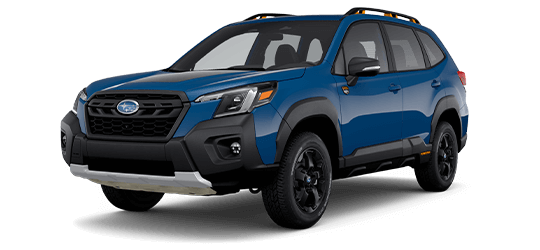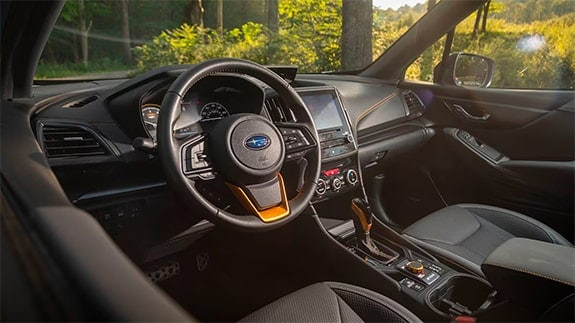New: Update on current car buying climate
1. Research vehicles and features.
2. Get preapproved for a loan.
3. Plan your trade-in.
4. Locate and test-drive the car.
5. Check sale price and warranties.
6. Review the deal and dealer financing.
7. Close the deal.
8. Take delivery.
Summer 2023 update: If you're shopping for a new car in today's marketplace, you'll find that things have changed quite a bit. For those new to this process, here's a brief overview of what the situation is.
A combination of factors over the past few years, including supply chain issues and a semiconductor chip shortage set in motion by the COVID-19 pandemic, led to a scarcity of new vehicles. And while things have improved as of late, vehicle inventory is millions short of where it once was. This means that it is not uncommon to pay over MSRP for some brands or for high-demand vehicles. Discounts are starting to come back, but they're nowhere close to what we saw before the pandemic.
According to Edmunds data, the average discount off MSRP in May was $616. Compare that to the same month in 2019 when the average discount was $2,573. Today's average discount may not sound like much, but the good news is that things are heading in the right direction. Just last year, people were paying upward of $700 over MSRP.
This seller's market means that shoppers don't have much leverage to negotiate the deals they once did. If you want to buy a new car this year and potentially through 2024, you'll need to reset your expectations for what a "good deal" is. A few hundred off the sticker price might be considered a good deal in the current market. Similarly, if you manage to find a dealership that is selling a vehicle at MSRP while others are asking for more, you should consider that a win. If all you find in your area is a glut of marked-up new cars, stay the course and know that even inflated prices may be negotiable.
This article was written when the market was much more stable and predictable. That said, the strategies can still be helpful for anyone shopping today. You'll still need to research the car you want, get preapproved for a loan, shop around for the best price, and know how to handle the transaction.
To recap, you are likely to encounter higher prices and fewer discounts. Tighter inventory might also mean that you'll need to make a decision on a car sooner, or someone might buy it while you've gone home to think about it. But if you've followed our steps below and done all the research beforehand, you should still be able to get a good deal and have a smooth shopping experience.
Buying a new car is a big step, but it doesn't have to be a daunting one. Here's how to research, locate, price and negotiate to buy your new car. Smartphones make these steps easier than ever. It is now entirely possible for a buyer to shop for a vehicle while in line at the supermarket or waiting to pick up the kids.
This list explores the steps a buyer would take to purchase a new car. If you're looking to save more money and purchase a used car, the steps will differ slightly, which we cover in the article "How to Buy a Used Car in 10 Steps."
These eight steps could save you thousands of dollars on your next car. They'll also make the process at the dealer quicker and stress-free. Let's begin.


 by
by 
